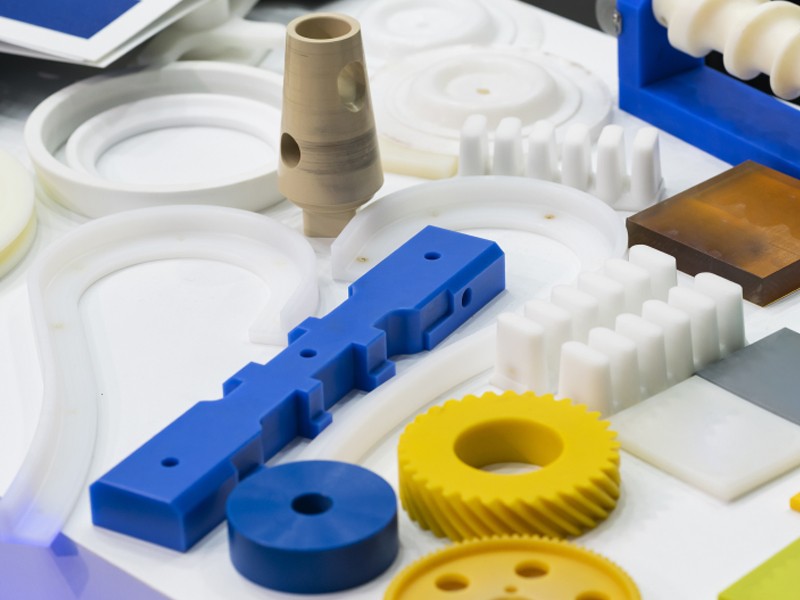What Are Silicone Additives and How Do They Improve Engineering Plastics?
Silicone additives are organic compounds that are added to engineering plastics to improve their performance and enhance their properties. This article will provide an overview of silicone additives, their characteristics, advantages, applications, and classification, and help procurement professionals understand the essential features of this important product.
Definition and Characteristics of Silicone Additives
Silicone additives are polymers with high molecular weight and a flexible molecular structure, which allows them to bond well with a wide range of polymers. They have excellent resistance to heat, chemicals, and weathering, making them ideal for use in high-performance plastics applications. They are also highly adaptable and can be tailored to meet specific performance requirements, making them an ideal choice for a wide range of applications.
Advantages of Using Silicone Additives in Engineering Plastics
Using silicone additives in engineering plastics offers numerous benefits. They can improve the mechanical and thermal properties of the plastic, enhance its processing, and improve its surface appearance. By modifying the properties of the plastic to meet specific requirements, silicone additives can result in cost savings and improved performance in many engineering applications.
Applications of Silicone Additives
Silicone additives can be used in all types of engineering plastics, including nylon, ABS, POM, PET, and PC, among others. They are commonly used in applications where heat resistance or high-quality surface finishes are critical, such as automotive parts, electrical components, and consumer products.
The range of applications for silicone additives continues to expand, as new formulations and blends are developed to meet the ever-increasing demands of the marketplace. As a result, it is becoming increasingly important to work with a knowledgeable supplier who can provide customized solutions for each unique application.
Classification of Silicone Additives
Silicone additives can be classified based on their chemical structure or specific performance benefits. Some common classifications include:
– Heat Stabilizers: Improve the thermal stability of the plastic and extend its lifespan in high-temperature environments.
– Release Agents: Facilitate the release of molded or extruded plastic parts from molds or dies.
– Antistatic Agents: Prevent the accumulation of static electricity on plastic surfaces.
– Defoamers: Reduce or prevent the formation of foam in plastics during processing.
– Coupling Agents: Improve the adhesion between the plastic and other materials, such as glass or metal.
Conclusion
In summary, silicone additives are an essential tool for improving the performance, processing, and appearance of engineering plastics. Their range of applications is rapidly expanding, making them a valuable asset in many industries. By understanding the characteristics, advantages, applications, and classification of silicone additives, procurement professionals can make informed decisions and select the best products for their specific applications.
Related Products





